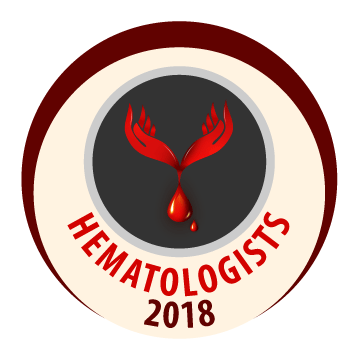
C D Atreya
Center for Biologics Evaluation and Research, Food and Drug Administration, USA
Title: Small regulatory RNAs in blood component storage and hemophilia A disease manifestation
Biography
Biography: C D Atreya
Abstract
Discovery of small noncoding RNAs (e.g. microRNAs) have revolutionized the field of cell biology with the seminal discovery that that these tiny molecules are the gene regulators impacting almost all aspects of the cellular processes in human health and disease. MiRNAs are small (17-22 nucleotides) single-stranded noncoding RNAs that bind to their specific target sites on mRNAs via Argonaute-2 (AGO-2) protein-associated miRNA-induced silencing complex (RISC). Such functional complexes have been identified in a variety of cells. Blood cells stored for transfusion undergo several physiological changes and several miRNAs were identified to be differentially expressed during platelet storage that either can serve as predictors of poor quality of the stored product or, regulators of cellular processes. Recently it was identified in stored platelets that miR-570 interacts with and down regulates the expression of mitochondrial ATPase subunit g (ATP5L) encoding mRNA and several miRNAs associated with AGO-2 in stored red blood cells (RBC) suggesting their role in RBC both in vivo and in storage. MicroRNAs also play a role in hereditary blood disorders such as hemophilia A (HA). It has been shown that miR-1246 expression is high in HA patients and was inversely correlated with factor VIII expression in cell culture. Subsequently several miRNAs have been identified in HA patients that have the potential to serve both as biomarkers and regulators of HA disease phenotype. Overall, the advances made in the small regulatory RNA field with regards to stored cellular blood components and hemophilia A clearly suggest that these RNAs are critical players that needs to be studied to develop strategies to enhance the quality of stored blood components and to improve therapies for HA patients.

